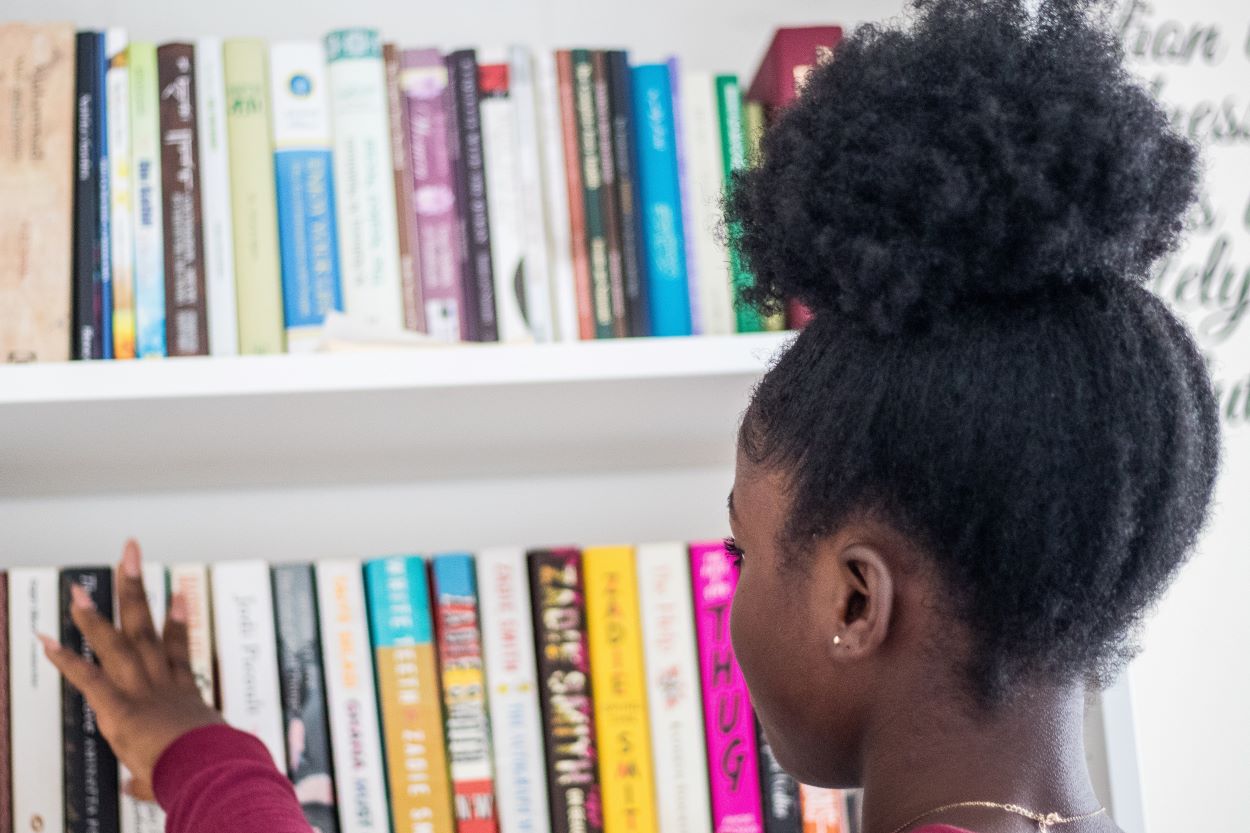The culture wars are stepping up, particularly at public school libraries in Southern states, with an unprecedented number of bans on books written by people of color or LGBTQIA authors.
“Public schools and their school libraries have always been really essential features of our democracy. And there have been moments in history where that has been challenged and there’s been pressure around what is and is not offered in public schools,” said Kasey Meehan, Freedom to Read Program Director at PEN America, in an April 24 interview with Ethnic Media Services.
“But what we are seeing now is a real polarization and a real heightened escalation of what should and should not be available, according to some. Of course, it’s never according to the many. It’s being driven by the few,” she said.
Banning the Classics
Many of the books now being banned are timeless classics, such as Pulitzer Prize winning novelist Toni Morrison’s “The Bluest Eye,” published in 1970; and Judy Blume’s seminal “Forever,” published in 1975.
During the first half of the 2022-2023 school year, 1,477 instances of individual books were banned, affecting 874 unique titles, according to the report “Banned in the USA,” released April 20 by PEN America. More than 130 books were removed from library shelves each month during that 6-month time period, noted the report.
Book bans were most prevalent in Texas, Florida, Missouri, Utah, and South Carolina, driven by a confluence of local actors and state-level policy, noted PEN.
Book Bans in California and New York
But even progressive states have banned one or more books. “Me and White Supremacy,” by Layla Saad, and “Gender Queer: a Memoir,” by Maia Kobabe, are banned by some school districts in New York. “This Book Is Gay,” by Juno Dawson, is banned by the William S. Hart Union High School District in California. PEN America’s complete list of books over the past six months can be viewed here, indexed by state.
In March, the American Library Association released new data documenting 1,269 demands to censor library books and resources in 2022, the highest number of attempted book bans since the ALA began compiling data about censorship in libraries two decades ago. The 2022 data was nearly double of the 729 challenges reported in 2021.
‘Depopulation of Library Shelves’
A record 2,571 unique titles were targeted for censorship, a 38% increase from the 1,858 unique titles targeted for censorship in 2021, noted the ALA in its report.
In an interview with Jeffrey Brown for the PBS NewsHour, Deborah Caldwell-Stone, Director of the American Library Association Office For Intellectual Freedom, noted that advocacy groups like Moms for Liberty, and No Left Turn in Education go to board meetings and demand the removal of as many as 100 books at a time. “It has resulted in the real depopulation of many library shelves, particularly in some states like Florida and Texas,” she said.
April 23-29 is National Library Week. This year’s theme is “There’s More to the Story.”
Freedom to Read
The Covid-19 pandemic spurred on activism, as parents organized to re-open schools or keep their schools virtual. That activism then spread to course curriculum, the books being taught, as well as book bans, said Meehan.
“There’s been a real effort to be more inclusive and be more representative in school libraries and in school classrooms, to have books that feature LGBTQ plus characters, books that features characters of color. Now this is the push-back to that effort, to ensure that those books are not included,” she said.
“When we think about what the freedom to read means, it means to be able to access a range of diverse ideas and stories and knowledge that both represent oneself and also that allow one to see and to learn about others that may be different from them,” said Meehan. “Books reflecting students who have historically not been able to see themselves represented in material in school libraries are now being targeted for bans.”
“It’s certainly harmful to not have that opportunity to see yourself reflected in the characters of books, and your family, your religion and your culture. All these things are so important in learning and in reading and reading freely,” said Meehan.
Wider Swath of Bans
In the six-month period surveyed by the PEN report, 30% of the unique titles banned were books about race or racism, or featured characters of color. Meanwhile, 26% of unique titles banned had LGBTQIA characters or themes.
The PEN report also found that book bans this school year are increasingly affecting a wider swath of titles, including those that portray violence and abuse (44%), discuss topics of health and wellbeing (38%), and cover death and grief (30%).






